MGV GP Letter / 4th Quarter 2023
“Come what may, all bad fortune is to be conquered by endurance.” Virgil – Roman poet 1st century BC
Read more

9 November 2023
Finding Opportunity Amidst a Global Regulatory Recalibration

24 October 2023
Our Investment in Ctrl Alt

22 September 2023
The Importance of Cyber Resilience in Financial Services
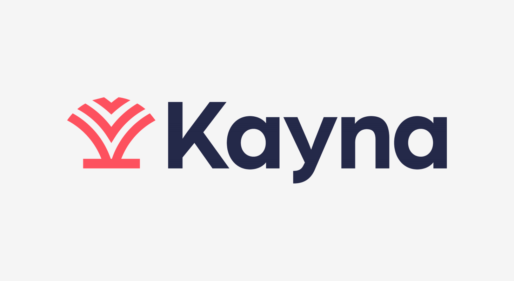
20 September 2023
Our Investment in Kayna

10 August 2023
Time to Recalibrate
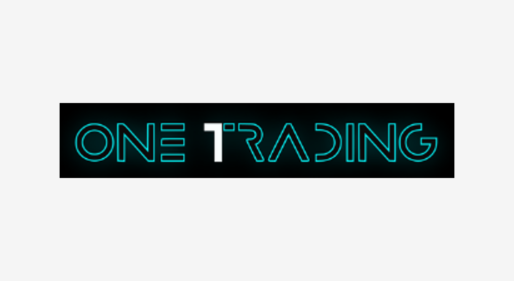
28 June 2023
Our Investment in One Trading

24 April 2023
The Great Reset
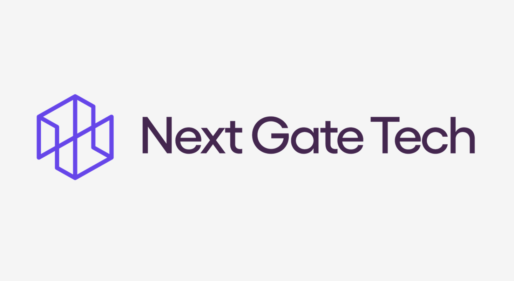
14 April 2023
Next Gate Tech Announces €8M Funding Round
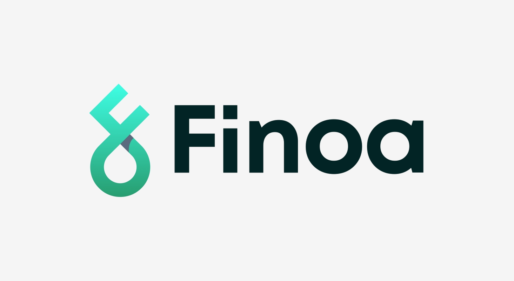
28 February 2023
Our Investment in Finoa

11 November 2022
Our Investment in UrbanFox
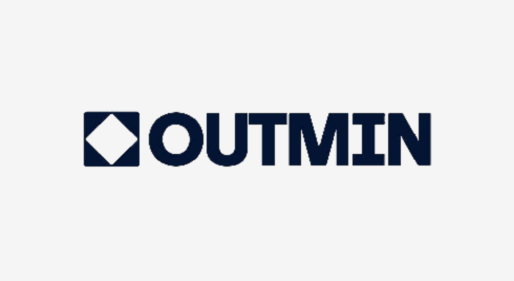
20 October 2022
Our Investment in Outmin
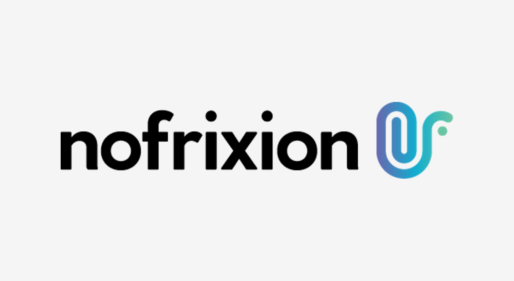
3 October 2022
Our Investment in NoFrixion

23 September 2022
2022 Venture Scholar Programme
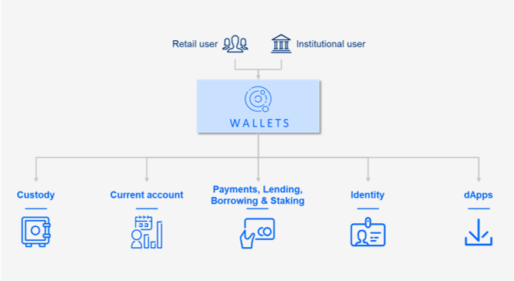
1 July 2022
Wallets Are Eating Financial Services

27 June 2022
Our Investment in &Open

9 June 2022
Next Gate Tech Announces €5M Funding Round
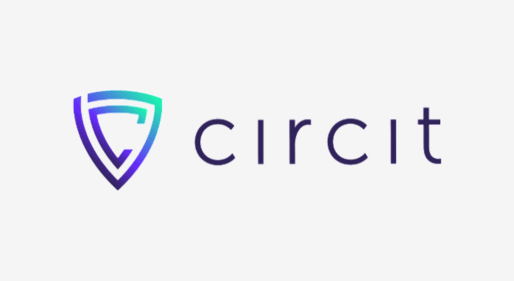
19 May 2022
Our Investment in Circit

26 April 2022
Our Investment in Conjura
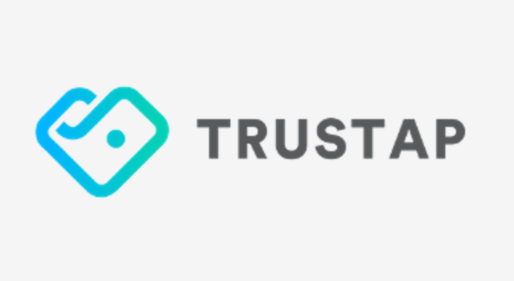
7 April 2022
Our Investment in Trustap
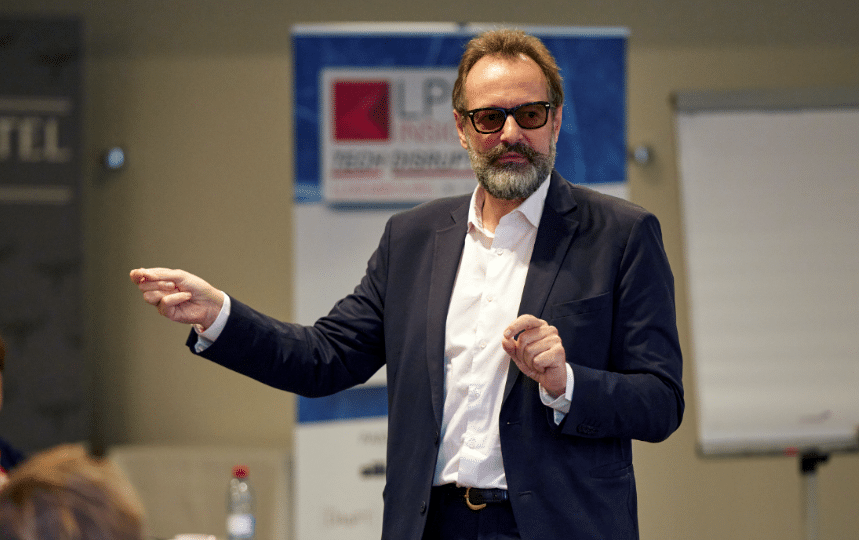
22 November 2021
The Fundamental Re-Architecting Of Financial Services

8 October 2021



